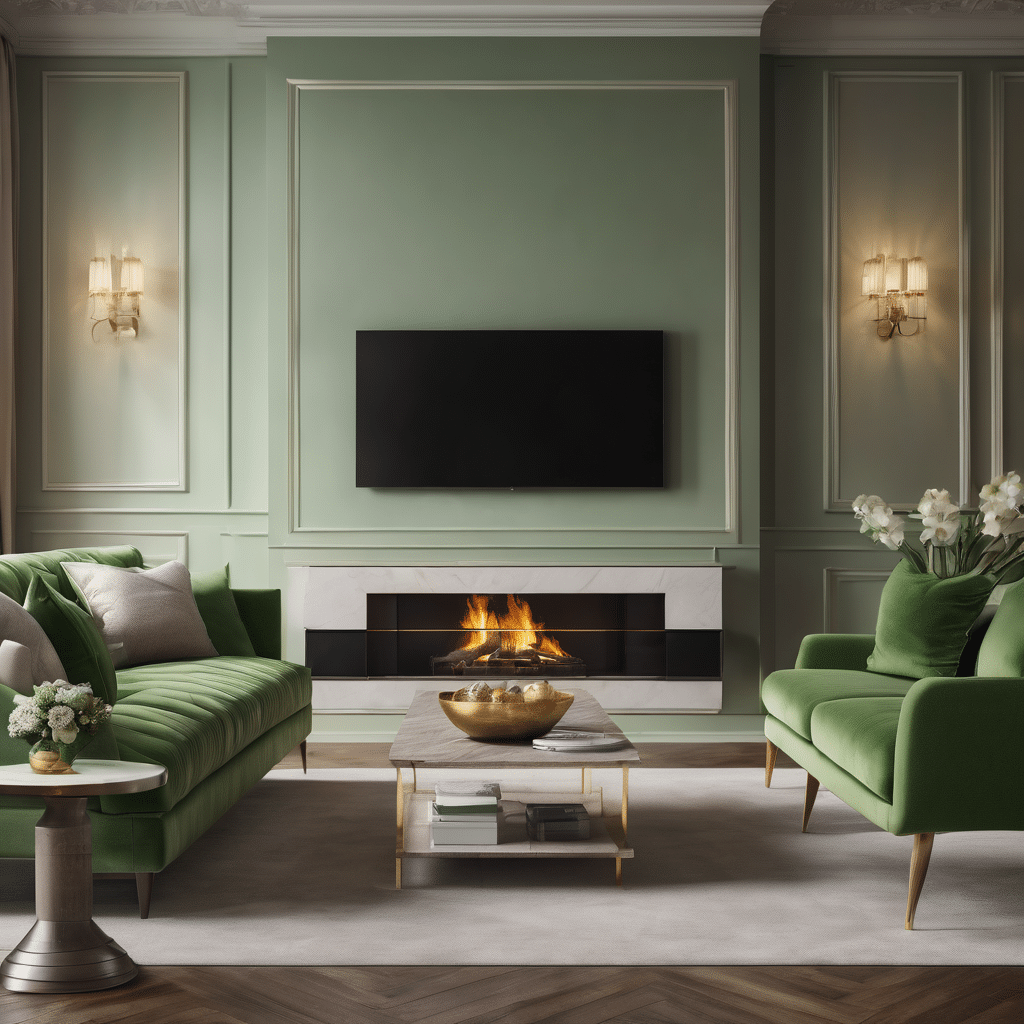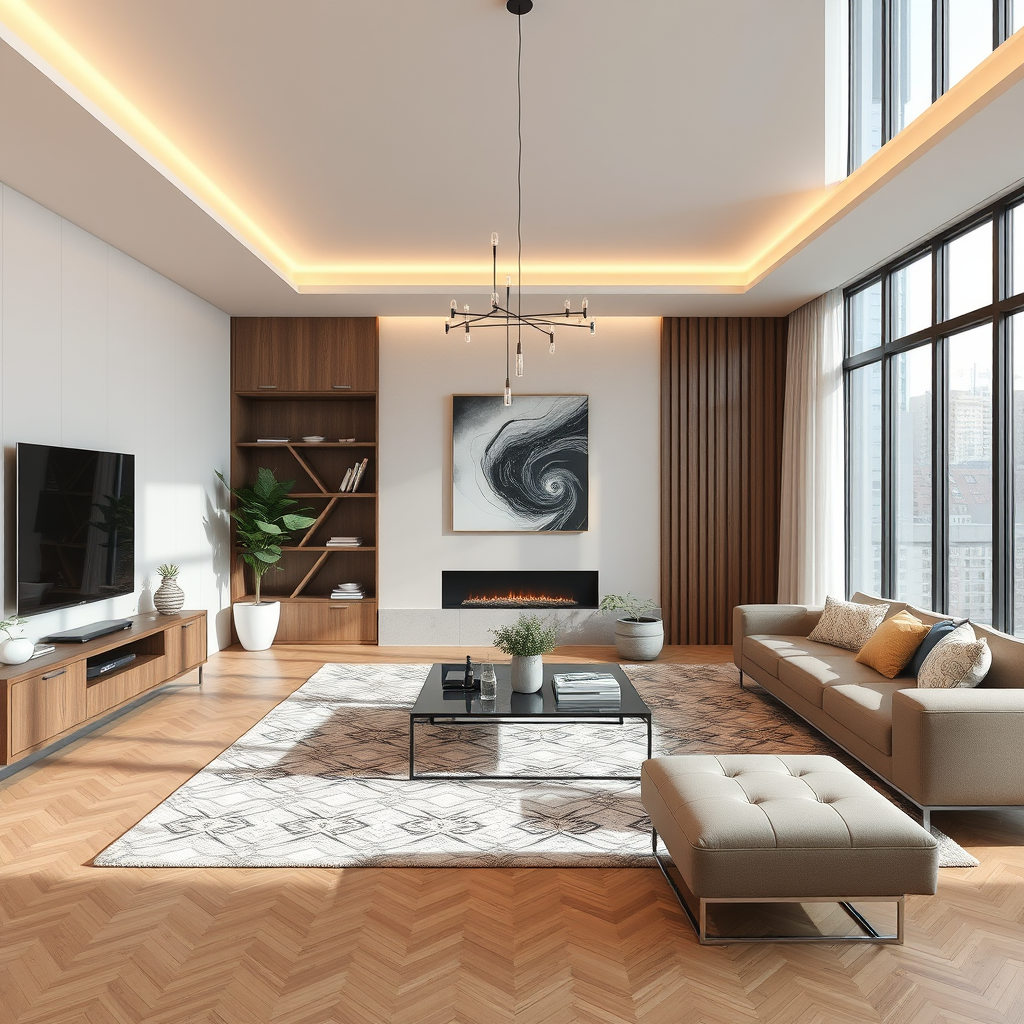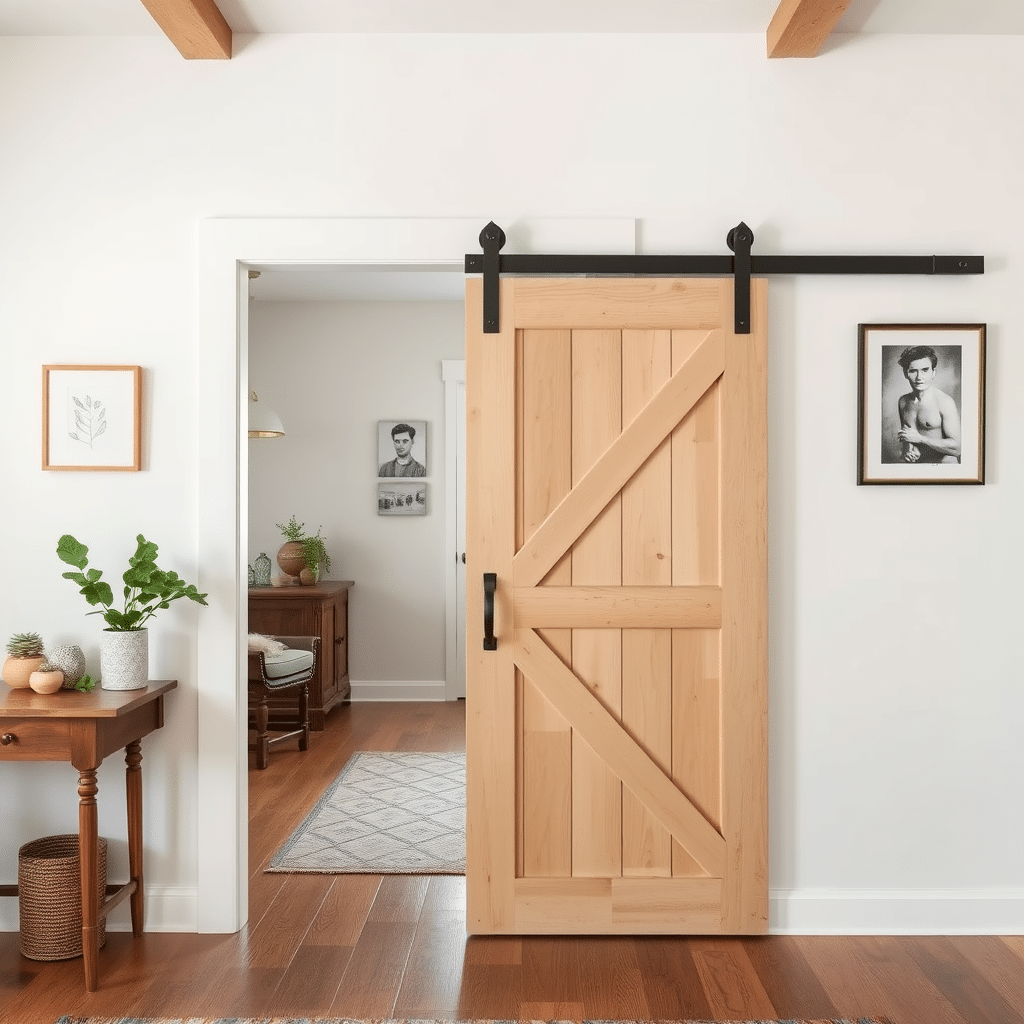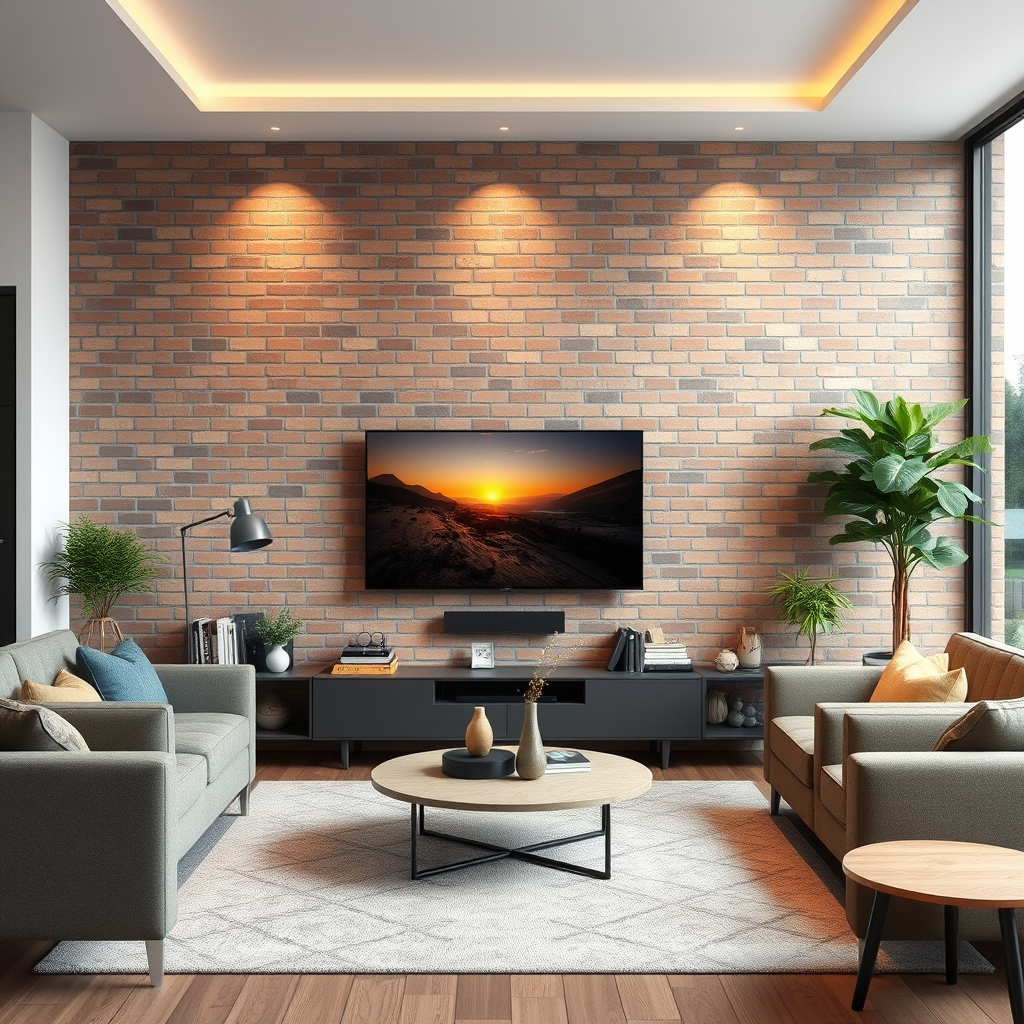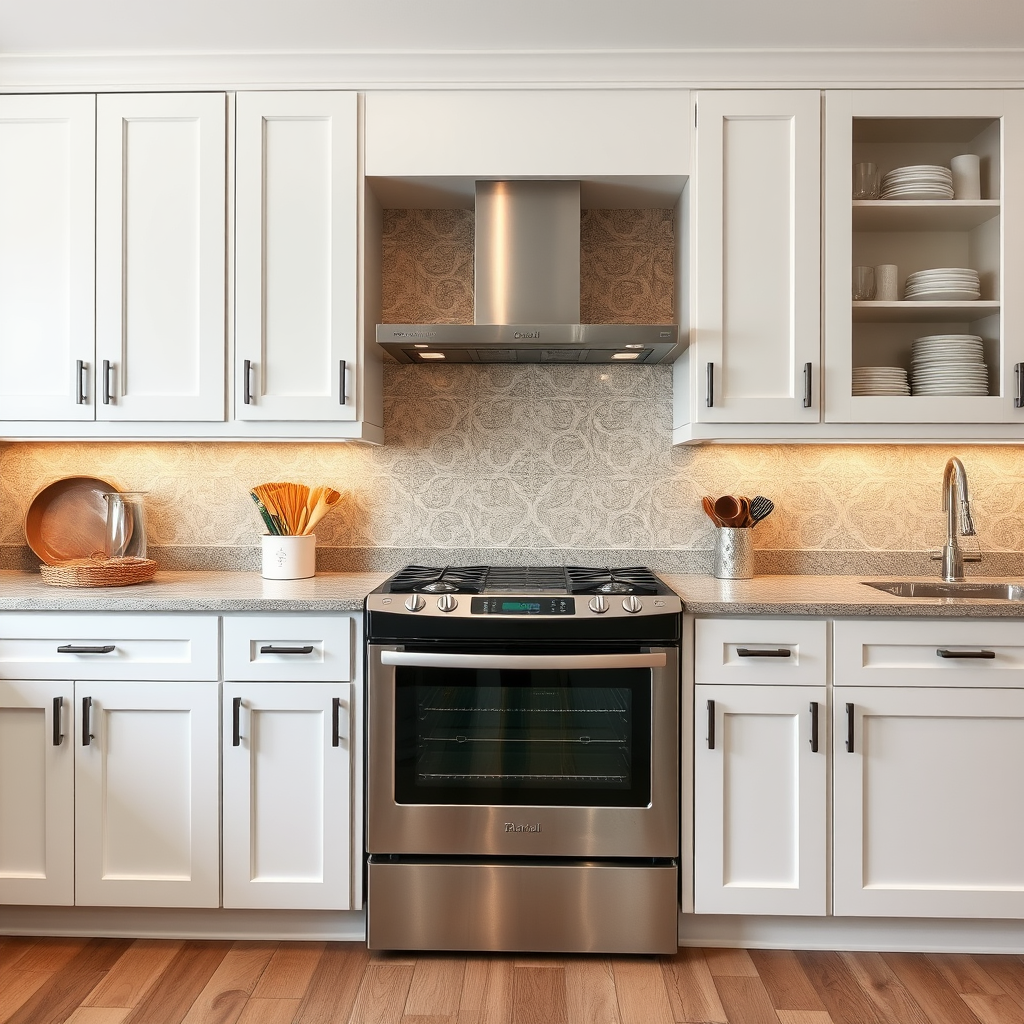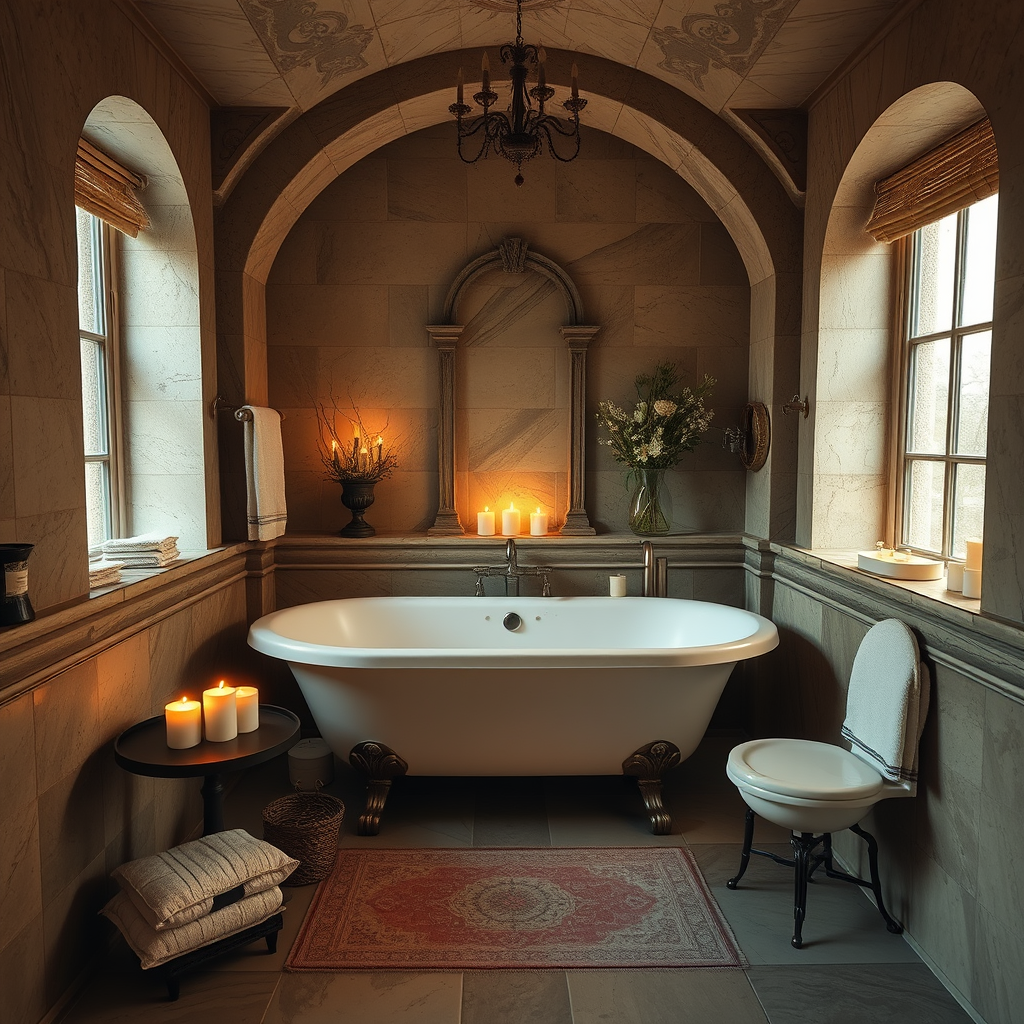The fireplace holds a special place in the history of interior design, serving as both a functional necessity and a symbol of comfort and warmth. From ancient hearths to modern fireplaces, this architectural element has evolved over the centuries, shaping the layout and ambiance of countless homes. Beyond its practical purpose of providing heat, the fireplace has a profound influence on the overall aesthetic and atmosphere of a space, making it a focal point in interior design.
One of the most significant impacts of a fireplace on interior design is its ability to create a cozy and inviting atmosphere. The flickering flames and radiant heat emanating from the hearth evoke a sense of comfort and relaxation, drawing people together and encouraging moments of connection and reflection. Whether it’s a traditional wood-burning fireplace or a contemporary gas insert, the presence of a fireplace instantly transforms a room into a welcoming sanctuary, where family and friends can gather to unwind and share stories.
In addition to its role as a source of warmth and ambiance, the fireplace also serves as a visual focal point in interior design. Its placement within a room often dictates the layout of furniture and decor, with seating arrangements oriented around the hearth to maximize comfort and enjoyment. Architectural details such as mantels, hearths, and surrounds further enhance the visual impact of the fireplace, adding character and charm to the space. Whether adorned with intricate carvings or sleek, minimalist lines, the design of the fireplace can complement a variety of interior styles, from traditional to contemporary.
Furthermore, the type of fireplace chosen can significantly influence the overall aesthetic of a room. Wood-burning fireplaces exude a rustic charm and nostalgic appeal, evoking images of crackling fires and cozy cabin retreats. Gas fireplaces offer convenience and efficiency, with sleek designs and customizable features that blend seamlessly into modern interiors. Electric fireplaces provide a versatile option for homeowners seeking the ambiance of a fire without the need for venting or maintenance, making them suitable for a wide range of spaces, including apartments and condominiums.
Beyond its visual and functional attributes, the fireplace holds symbolic significance in interior design, representing hearth and home. It serves as a focal point for gatherings and celebrations, a place to gather on cold winter nights, and a symbol of comfort and security. In this way, the fireplace transcends its utilitarian purpose to become a cherished element of the home, imbued with memories and meaning that endure through generations.
In conclusion, the fireplace remains a timeless and influential element in interior design, shaping the ambiance, layout, and aesthetic of a space. Whether traditional or contemporary, wood-burning or gas, the warmth and allure of the hearth continue to captivate homeowners and designers alike. As we navigate the ever-changing landscape of design trends and technologies, the fireplace remains a steadfast symbol of comfort, connection, and home.

